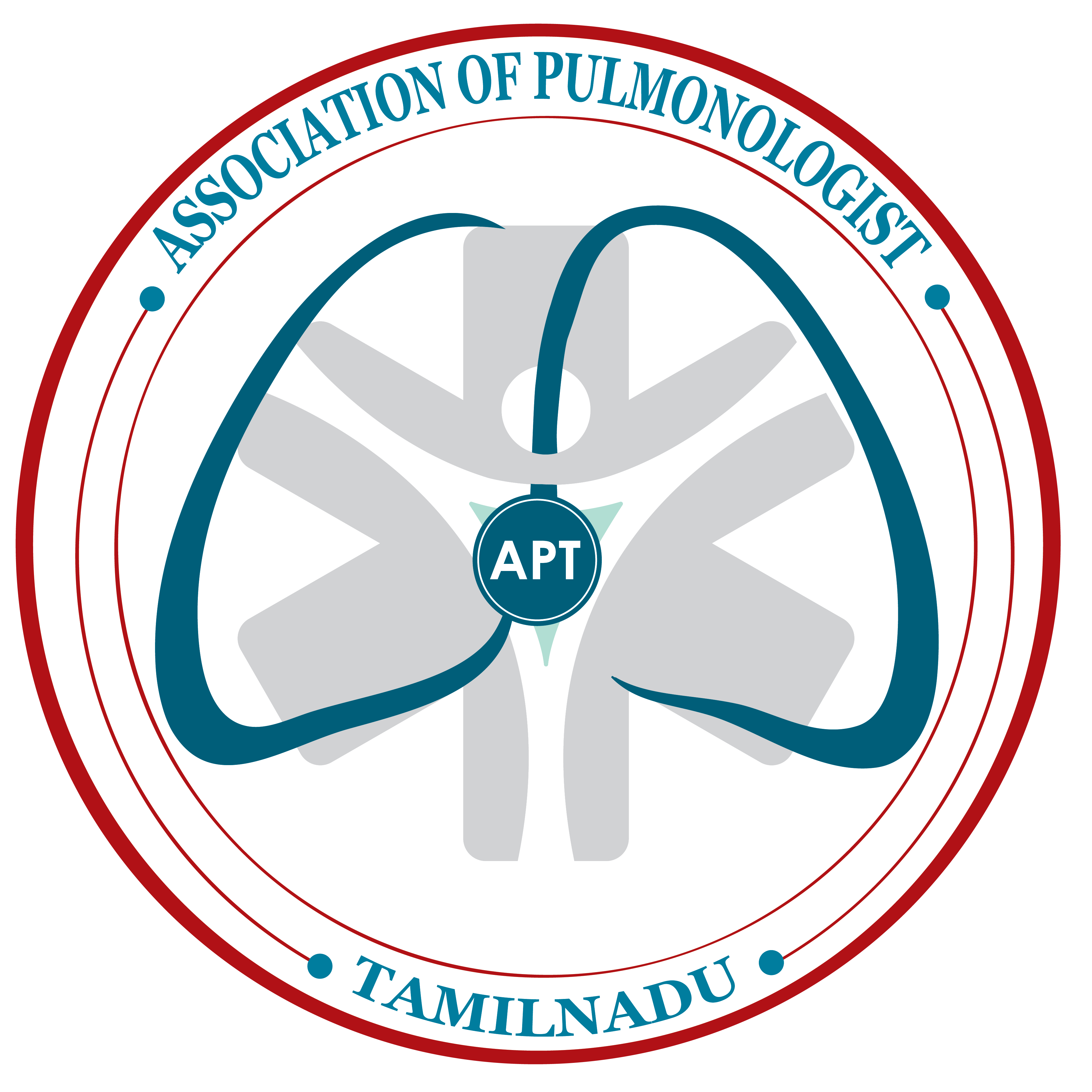1,135 views
Journal of the Association of Pulmonologist of Tamil Nadu. Vol. 2, Issue 1, May – August 2019
EDITORIAL
Asthma Phenotypes
Asthma is a heterogenous disease. Its manifestations are different at different times to different or same stimuli. It is well known that no known asthmatics behave in the same manner to a given stimulus. Two decades ago asthma was recognised as an allergic or atopic disease. This appears to be a too simplistic explanation as global asthma patterns are not the same everywhere.
Until recently asthma was considered as an atopic disease starting in childhood, a IgE mediated Th2 inflammation characterised by eosinophilic inflammation that responds to corticosteroids in inhalants or other forms depending on the severity. Eosinophilic inflammation can be demonstrated in nasal smears, blood eosinophilia and eosinophils in endobronchial biopsies. There could be an elevation of biological markers like IgE, periostin etc., This assumption is being increasingly challenged and disproved by demonstration of noneosinophilic inflammation and alternate inflammatory pathways. Patients may have severe asthma or persistent asthma but without demonstrable eosinophils in sputum, nasal smears and bronchial wash. Repeated assesements of airways have demonstrated reproducible non eosinophilic inflammation in both short term and long term but the evidence is equivocal.
As of now asthma phenotypes are of clinical and inflammatory types. The clinical asthma phenotypes are allergic, late onset, Aspirin induced respiratory disease, obesity and GERD related asthma. The inflammatory asthma types are allergic asthma, eosinophilic asthma and non eosinophilic types of asthma. The splitting of clinical and inflammatory phenotypes is going to further increase as our knowledge about pathophysiology of asthma keeps growing.
The purpose of this phenotyping is to personalise the treatment options and individualise the treatment. The one fits all may not be good for asthma too. A high IgE type may respond to Omalizumab and high eosinophil type may respond to Benralizumab. A non eosinophilic cough variant asthmatic may respond better with LAMA (Long acting muscarinic antagonist). The placing of invasive interventions like bronchial thermoplasty also may arise. In summary it is good time for asthma patients as the basket is growing and our knowledge in pathophysiology is also growing. Probably the day is not far off when every asthmatic would have a tailor made personal prescription for better control.
In this issue an attempt has been made to phenotype the clinical types in a tertiary care hospitals with reliance on bronchial wash and the presence of Galactaman assay in Broncho alveolar lavage, blood eosinophils, serum galactaman assay. I only hope this will kindle interest in this field and come out with data.
Prof. Dr. Narasimhan R, MD FRCP (E & G)
Editor in Chief Journal of the Association of Pulmonologist of Tamil Nadu
How to cite this article : Narasimhan.R, Editorial, JAPT 2019: 2(2):42
Access this article online
| Quick Response Code: | Website: www.aptchest.com |





